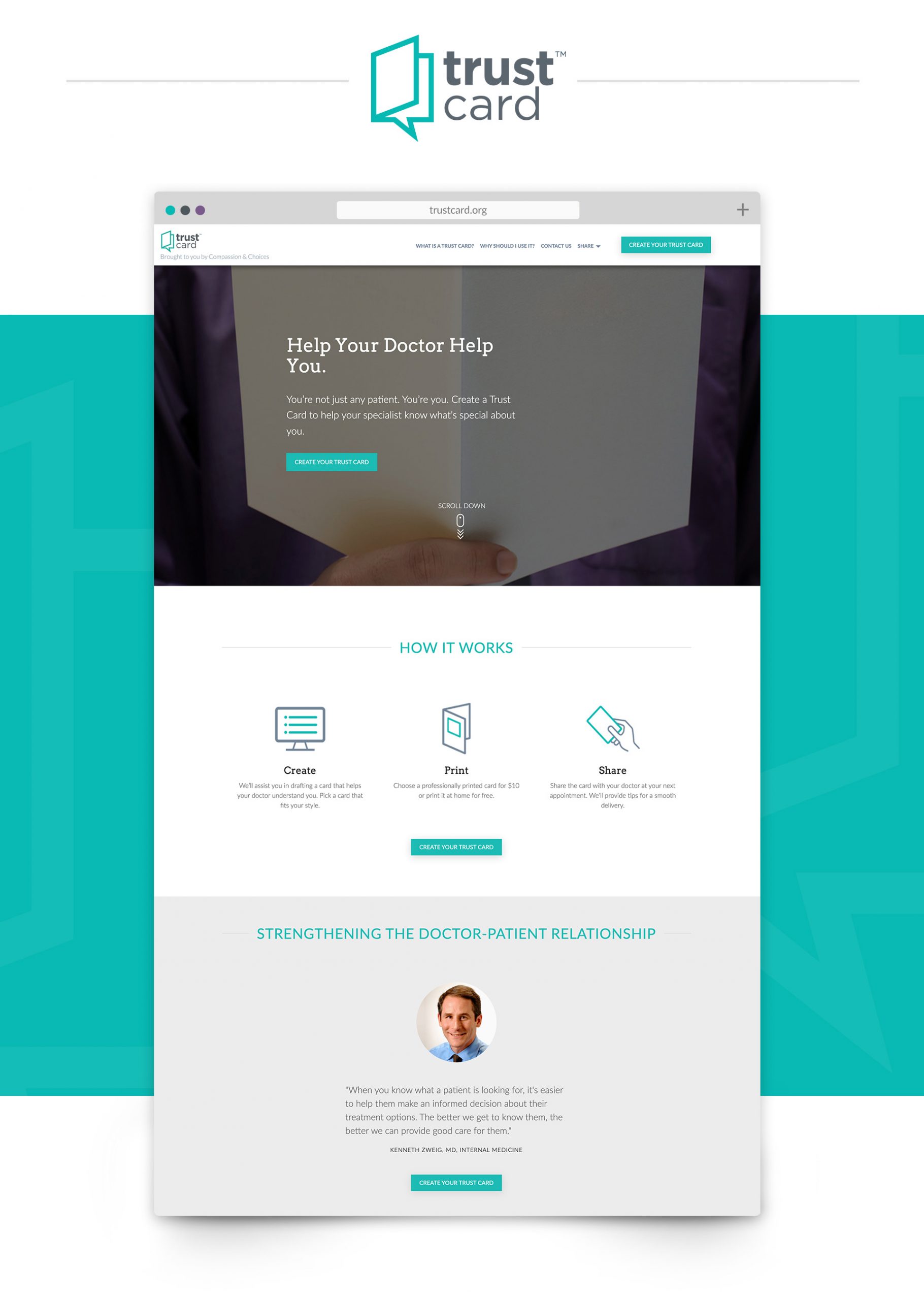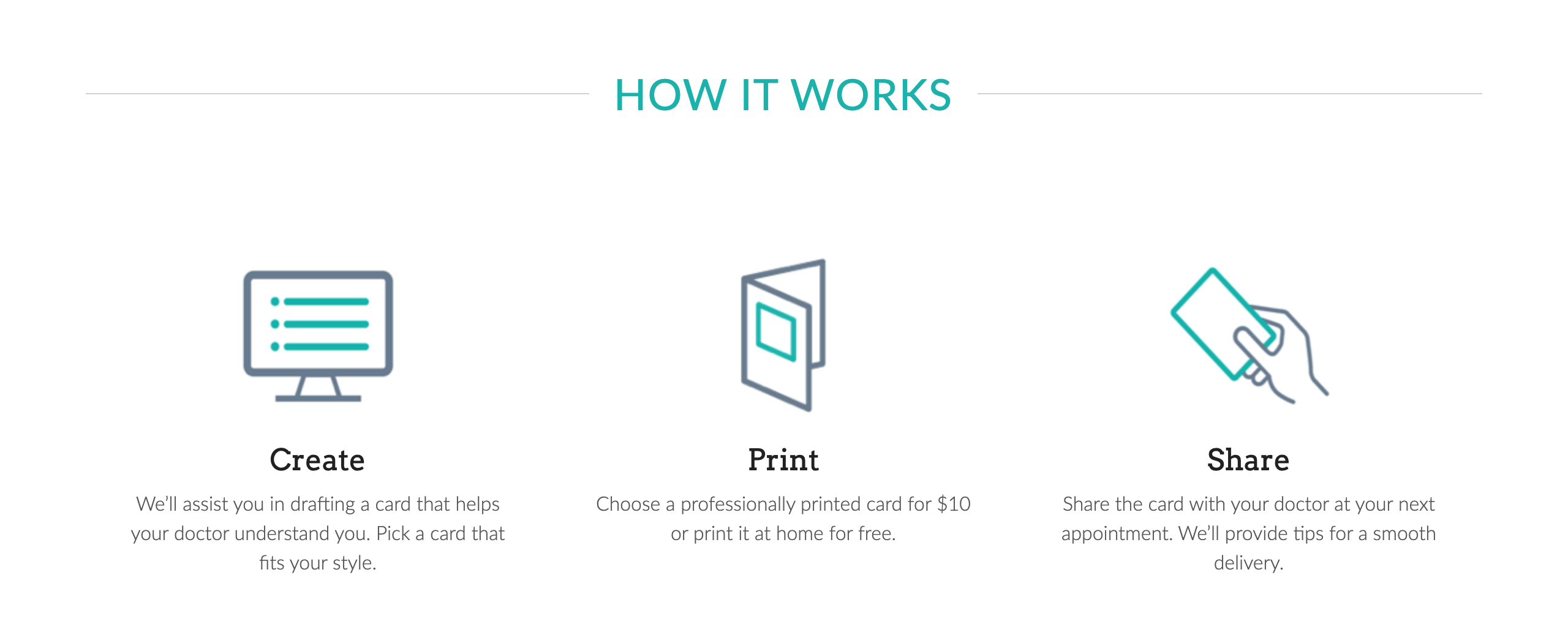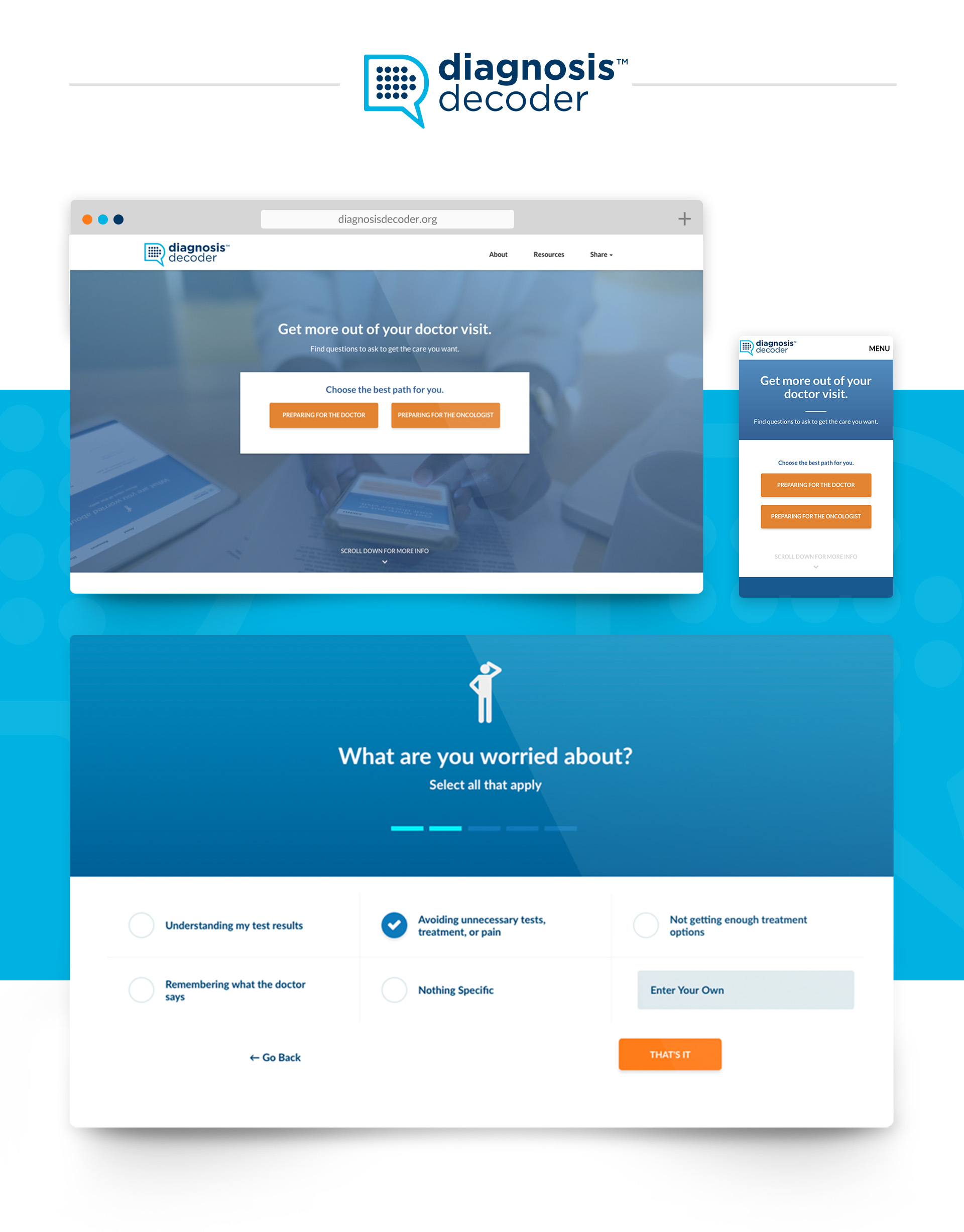The Insights Center features ideas, tools and resources on applying behavioral science to causes worth caring about. It includes the tools and thinking developed over nearly two decades of building behavior change campaigns and products. We hope they help you and your cause with the art and science of using behavior to spark real change.
Go
Improving Patient-Centered Communication at End-of-Life Care
Marketing for Change joined forces with Compassion & Choices — the nation’s largest advocacy organization working to protect and expand end-of-life choices — to better understand this complex issue from the perspective of consumers and help them act on their end-of-life preferences.
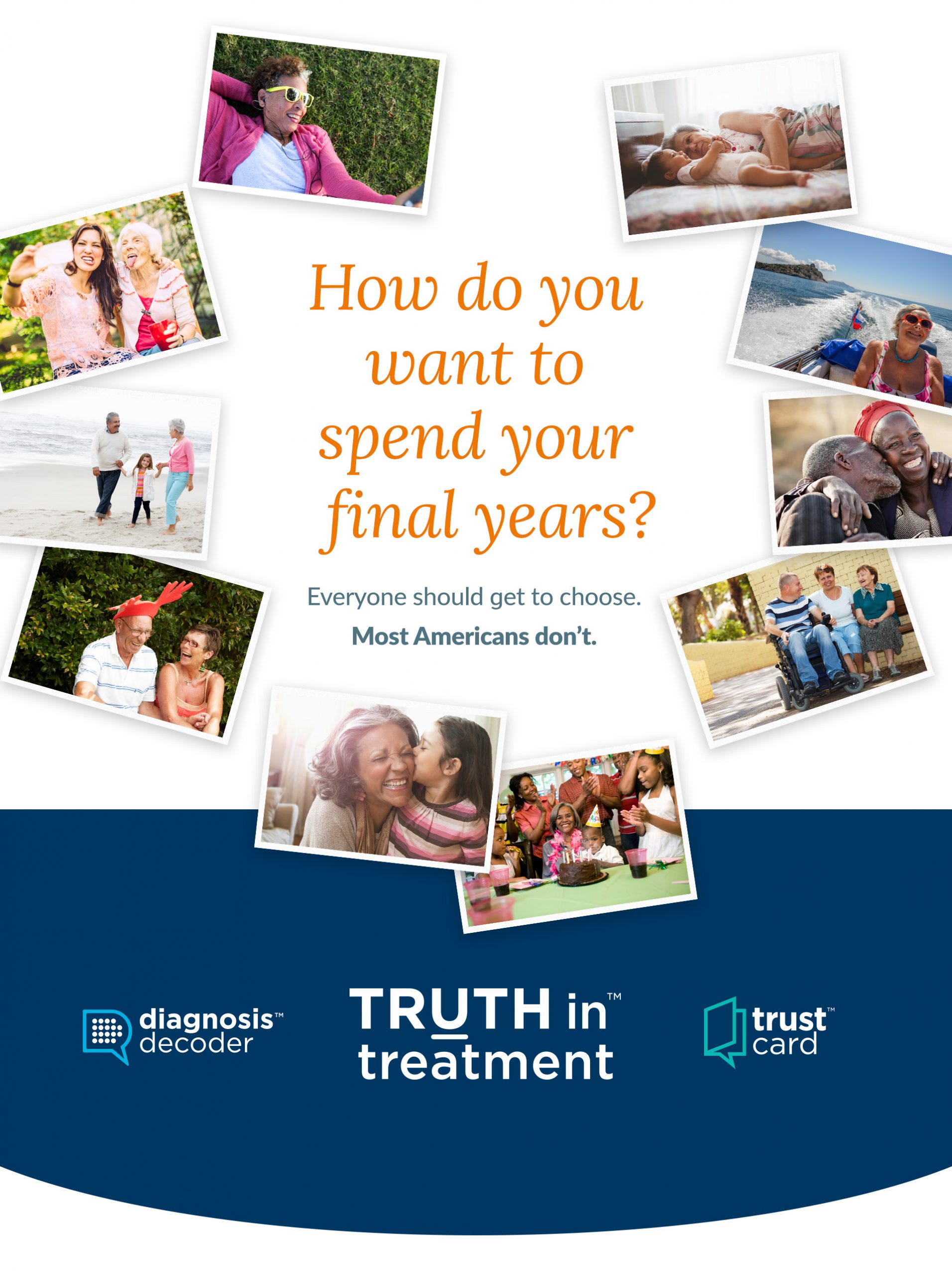
Uncovering Key Insights
Through our research, we found that most Americans want to die on their own terms, but many don’t recognize the steps they should take to get the end-of-life care they want — or even that they need to take action at all. For those who take a more proactive approach, advance directives provide a false sense of security as they come into play only when a person can’t speak for themselves — and they are often not honored. Without the proper tools, patients find it difficult to express their values and preferences and may not fully understand their options for end-of-life care.
Following several rounds of key informant interviews and rapid prototyping, Marketing for Change developed and promoted a suite of products designed to put patients in control of their healthcare interactions when they most want and need it: at the onset of, and during advanced illness.
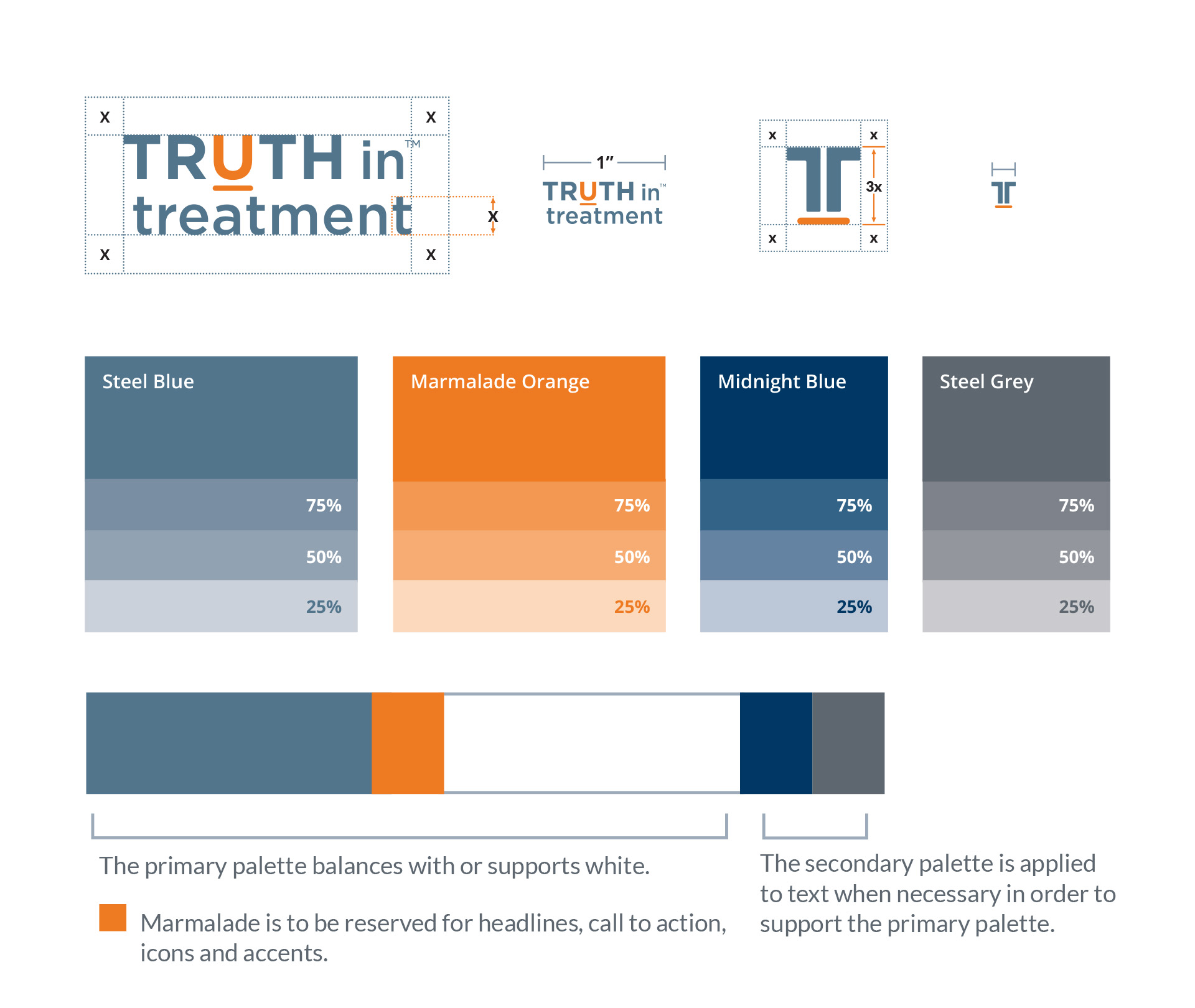
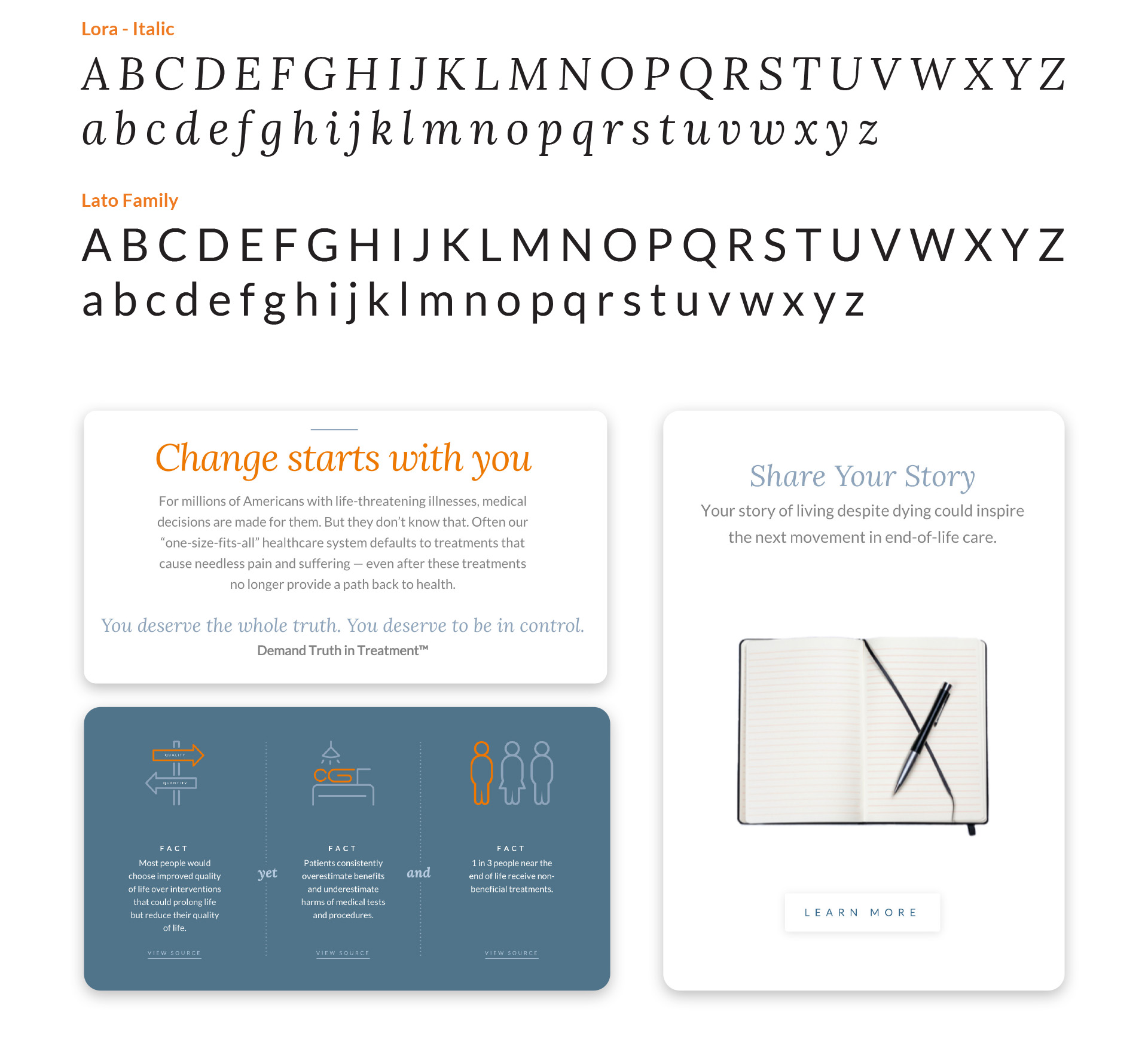
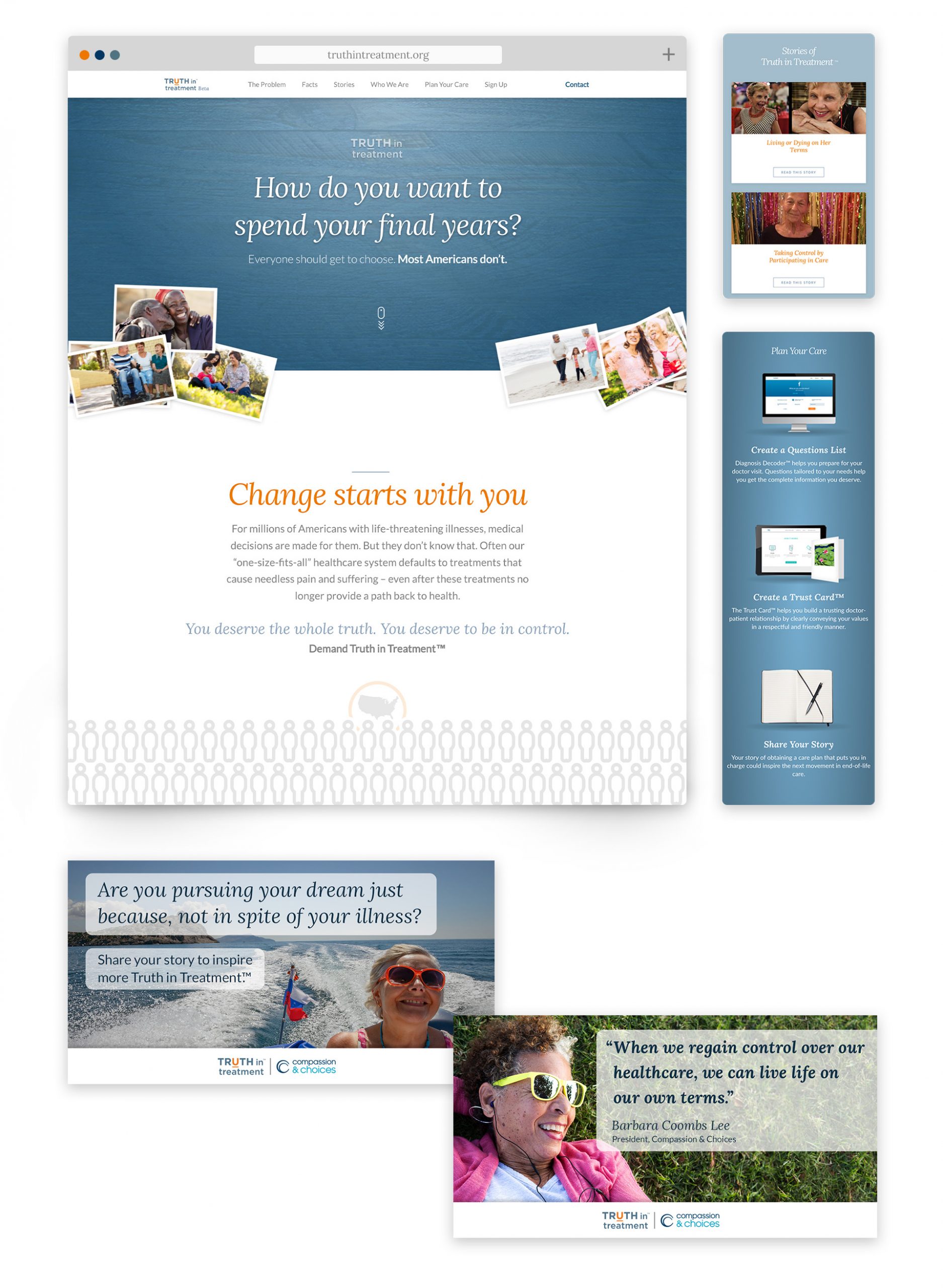
Tools for Change
Trust Card, a doctor-patient communication tool designed as a simple greeting card, allows patients to quickly communicate their values and priorities during the first three minutes of an appointment. The Diagnosis Decoder provides guidance to patients learning more about their end-of-life options. The tool allows patients to generate specific questions for their doctor, nurse or other health provider — questions designed to provide the complete information that patients deserve. Both tools help build a foundation of trust and understanding among patients, doctors and loved ones.
